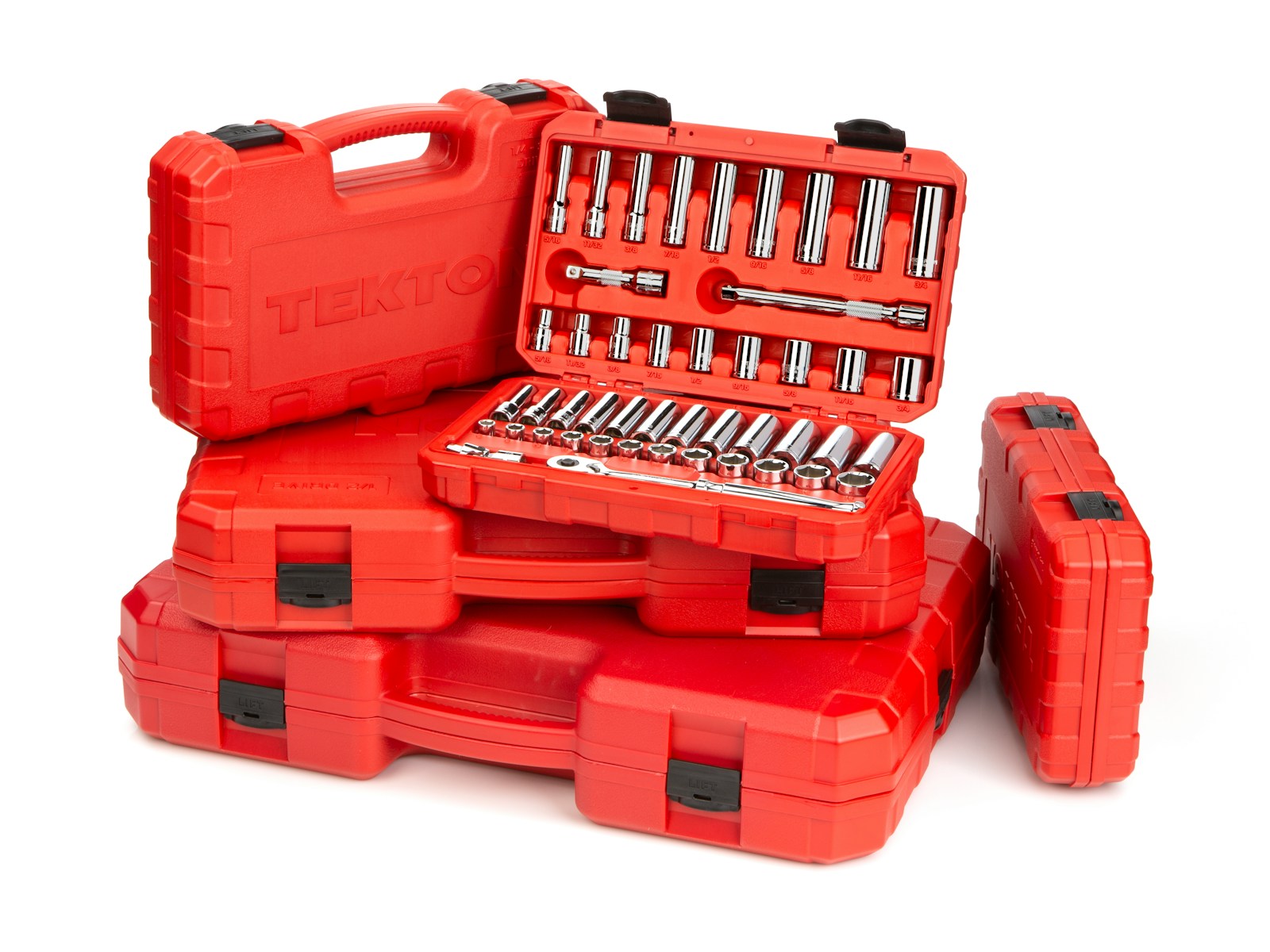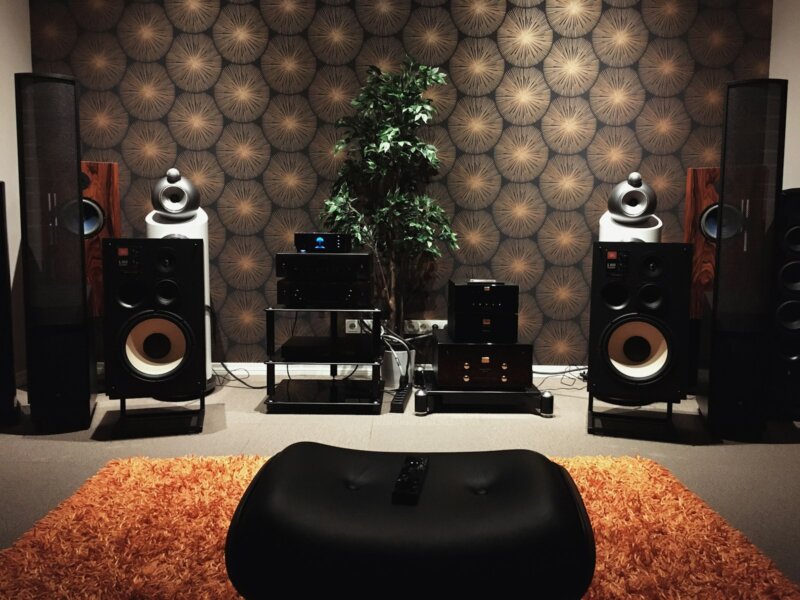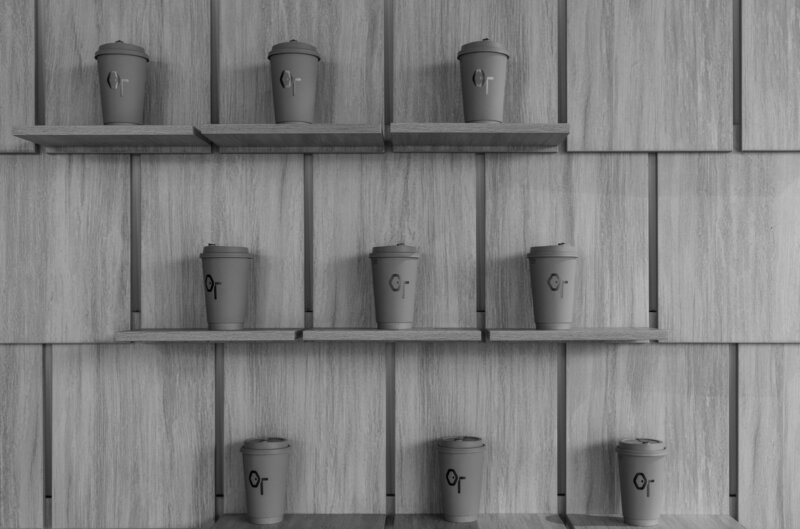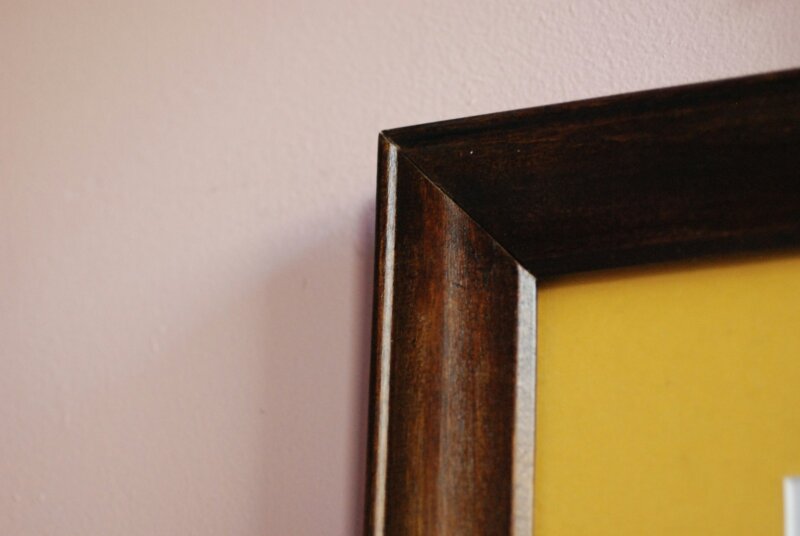Small repairs feel tough without the right gear. A simple starter kit saves time and stress. With a few essential tools, DIY Do It Yourself and home improvement get easier fast.
Essential Hand Tools for Every Home
Home care begins with dependable hand tools. These cover daily repairs, simple builds, and quick maintenance. Pick tools that fit your hand and feel balanced. Good tools help you work safer and faster.
Hammer
A hammer belongs in every beginner kit. Use it to drive nails into wood or walls. The claw end pulls nails out with control.
Choose a curved claw hammer around 16 ounces. That weight fits most home jobs. A cushioned grip cuts hand fatigue during longer tasks. Try it for hanging art, fixing trim, or building a small shelf.
Screwdrivers (Flathead and Phillips)
Keep both types on hand. A flathead has a straight blade for single-slot screws. A Phillips has a cross tip for X-shaped screw heads.
Buy a set with several sizes of each. Smaller tips fit gadgets, larger tips fit cabinets or door plates. Grippy handles improve torque, which is turning power. Use screwdrivers to tighten hinges, swap batteries, or assemble furniture.
Adjustable Wrench
An adjustable wrench fits many nut and bolt sizes. Turn the thumbwheel to open or close the jaws. This replaces a whole row of fixed wrenches and saves space.
Use it for plumbing traps, bike seats, and flat-pack frames. Keep the jaws tight on the fastener to avoid rounding edges. A snug fit protects the bolt and your knuckles.
Pliers (Needle-Nose and Slip-Joint)
Needle-nose pliers reach into tight spots. They grip small screws and bend wire with ease. Electricians like them for their long, narrow tips.
Slip-joint pliers have movable jaws that adjust to size. They hold pipes, nuts, and odd shapes. Keep both styles in your toolbox for quick fixes and steady grip.
Measuring and Cutting Tools
Great results start with accurate measuring and clean cuts. These tools guide layout, speed up work, and help you avoid do-overs. A little planning here pays off during repairs.
Measuring Tape
A measuring tape checks length, width, and height. Most tapes show inches and feet, plus smaller marks called fractions. That mix suits most home projects.
Use it to size couches, center frames, or space shelf brackets. Hook the tab on an edge and keep the blade straight. Write measurements down before you cut. Two quick checks beat one bad cut.
Utility Knife
A utility knife makes clean cuts in many materials. It slices cardboard, rope, carpet, drywall, and plastic wrap. Blades are replaceable, so sharp edges are always ready.
Lock the blade before cutting. Cut away from your body and hands. Wear cut-resistant gloves for tougher jobs. Store spare blades safely to avoid injuries. If a job feels risky, call a pro.
Level
A level shows if a surface is straight and even. The center bubble must sit between lines to read level. Use it to hang shelves and mirrors, or to set appliances flat.
Check level before drilling. It prevents crooked holes and patch work later. For wide shelves, check both the front edge and the back edge.
Fastening Tools and Supplies
A few small parts make projects possible. Keep a tidy box of fasteners and you will solve problems fast. Good workshop supplies turn essential tools into real results.
Assorted Nails and Screws
Stock a mix of lengths and head styles. Nails are quick for wood and trim. Screws grip tighter and can be removed without damage.
Keep these common sizes on hand:
- 1 to 2 inch finish nails for trim and light wood
- 1.25 to 2.5 inch wood screws for shelves and brackets
- Wall anchors matched to screw size for hollow walls
Sort them in a clear organizer. Label each section. Choose the right size for the load. Heavy items need longer screws into studs, which are wall beams. Use a stud finder if you have one.
Hex Key Set (Allen Wrenches)
Hex keys fit fasteners with a hexagon socket. Most sets come in metric and standard sizes. The L-shape gives leverage on furniture and bike parts.
Common uses include chairs, shelves, and exercise gear. Keep the set on a ring or holder so sizes stay together. Start with the short end to break free tight bolts. Then switch to the long end for faster turning.
Power Tools for Beginners
Power tools speed up work and reduce strain. Start with a simple, reliable tool, then learn the basics. Safety gear matters here. Wear eye protection and keep fingers clear of moving parts.
Cordless Drill
A cordless drill handles most drilling and screwdriving at home. The battery lets you move freely. Look for a model with variable speed and a clutch. The clutch clicks to prevent overdriving screws.
Starter kits include drill bits and driver bits. Use a smaller pilot hole in wood to prevent splitting. Keep a second battery charged to avoid delays. If you work near wiring, switch off the breaker first for safety.
Tool Storage and Organization
Good storage keeps tools ready and safe. Use a toolbox or soft bag for hand tools. Add a small parts case for nails, screws, and anchors. Wall racks or pegboards make tools easy to spot.
Try this simple setup:
- Top tray for daily tools, like tape, knife, and pencil
- Middle space for pliers, wrench, and screwdrivers
- Side pocket for a small level and hex keys
- Bottom area for a cordless drill and charger
Label each spot so cleanup is quick. Store tools in a dry place to prevent rust. Wrap power cords loosely, not tight. A tidy system means faster repairs and fewer lost parts.
Bottom Line
The Beginner’s Tool Kit Every Home Needs is simple and smart. With a handful of essential tools and a few supplies, you can handle repairs with confidence. Start with a hammer, screwdrivers, a wrench, pliers, and a measuring tape. Add a utility knife, a level, and basic fasteners for most jobs. A cordless drill rounds out a strong starter kit for home improvement.
Work carefully. Wear safety gear when cutting or drilling. For complex electrical or structural work, hire a licensed pro. With steady practice and organized tools, home care and maintenance get easier every week.







